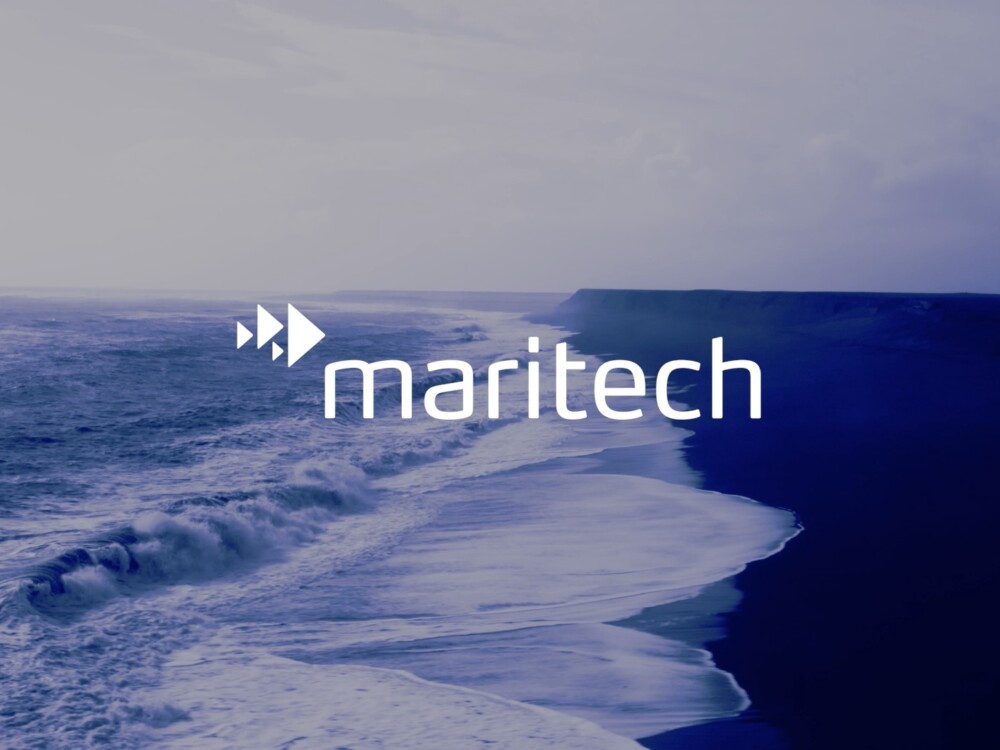Going digital – the seafood industry’s technological transformation
In reality, most data in seafood operations have historically been recorded on paper and not passed along the chain.
Traditionally, the seafood industry has lagged behind other food industries in terms of digitalization. Until recently, the industry has been dependent upon a backbone of paper-based systems, despite individual operations capturing digital records. This has been, in part, because digital systems, used primarily to control inventory and drive efficiency, have been largely reliant on closed database systems ans Excel. Processing companies have for many years digitally tracked the majority of data relevant to their own businesses, but they have often lacked the additional resources needed to collate the data as it is not held in a coordinated way that allows it to be shared with other supply chain participants.
The remoteness of fishing farms and wild capture fishing vessels has meant that paper logs held much of the origin records of the fish, with data access in real-time seldom possible. So, in reality, most data in seafood operations has been recorded on paper and not easily passed along the chain. This has often resulted in inaccurate and fragmented data and unreported, unregulated, and even illegal fish catches with unlabeled and/or mislabeled products.
Transforming the financial and technological barriers to digitalization
The huge volume of different types of data coming from different sources, or requested by different partners, all in different formats; has set up barriers to not only the integration of regulatory and other data streams but has also made adopting new technologies cost prohibitive for smaller operators. But a convergence of new technologies in recent years is significantly transforming the seafood industry, making the unimaginable of even a few years ago, now possible.

The impact of the cloud on seafood’s digital transformation
Cloud computing has opened up new software possibilities for small operators, who can now subscribe to tailored seafood software services at a fraction of the upfront capital costs that old on-premise software versions required. With the advent of the cloud, data can also be shared in new and less restrictive ways. Digitally interoperable systems and data standards, such as those being developed by the Global Dialogue on Seafood Traceability (GDST), are rapidly taking shape. The seafood industry is on a clear path to digital transformation, from the growing prevalence of e-log books on vessels to IoT (Internet of Things) sensor systems that can send farmed fish data directly to the cloud. Secure cloud-based databases allow fishing, aquaculture, and processing businesses to upload and share information in new ways – with buyers, regulators, supply chain partners and ultimately, with consumers.
The increasing value of data
Once data is digitized, it not only impacts the efficiency of data sharing across supply chains, it opens up the possibilities of analysis and discovery, through analytics and BI (Business Intelligence). The availability of digital data can provide operational and strategic decision support through continuous data analysis, identifying everything from the most up to the minute sales price points for the fish itself to uncovering waste and inefficiencies at all points in the supply chain. When combined with the emergence of AI, actionable planning can be taken to a whole new level.
Maritech is a trusted technology partner with 40 years of experience supporting the global seafood industry through change. Contact us if you want to know how we can support yours!
Written by Andrea Riser, Team Product & Technology, Maritech
